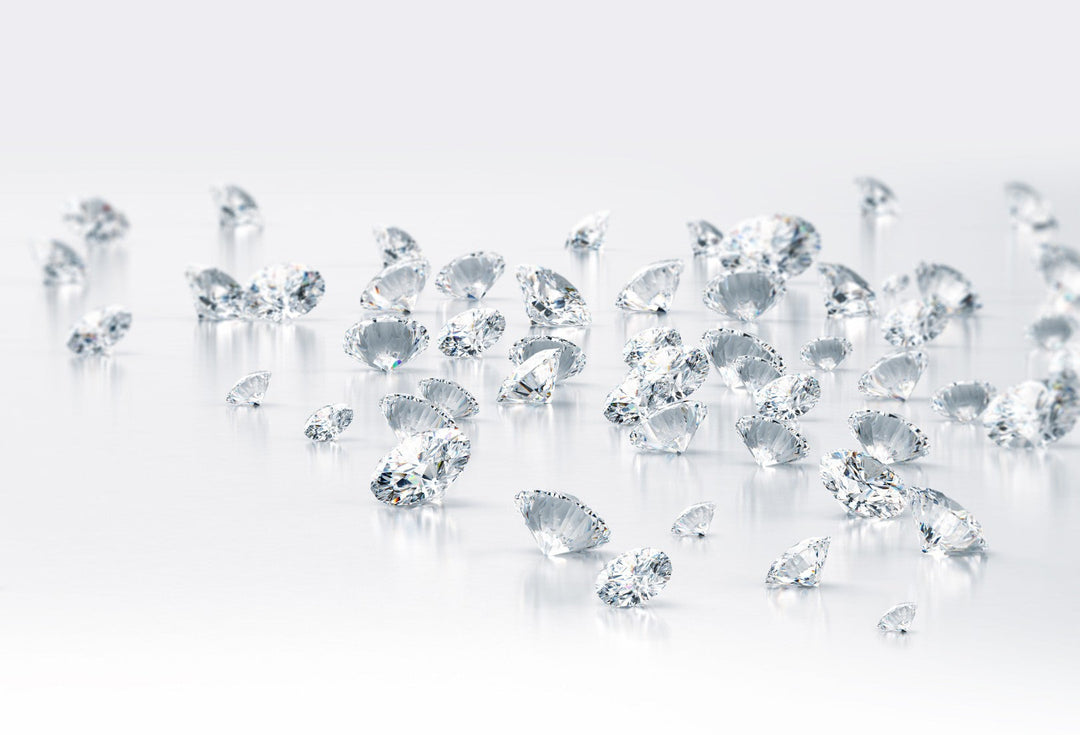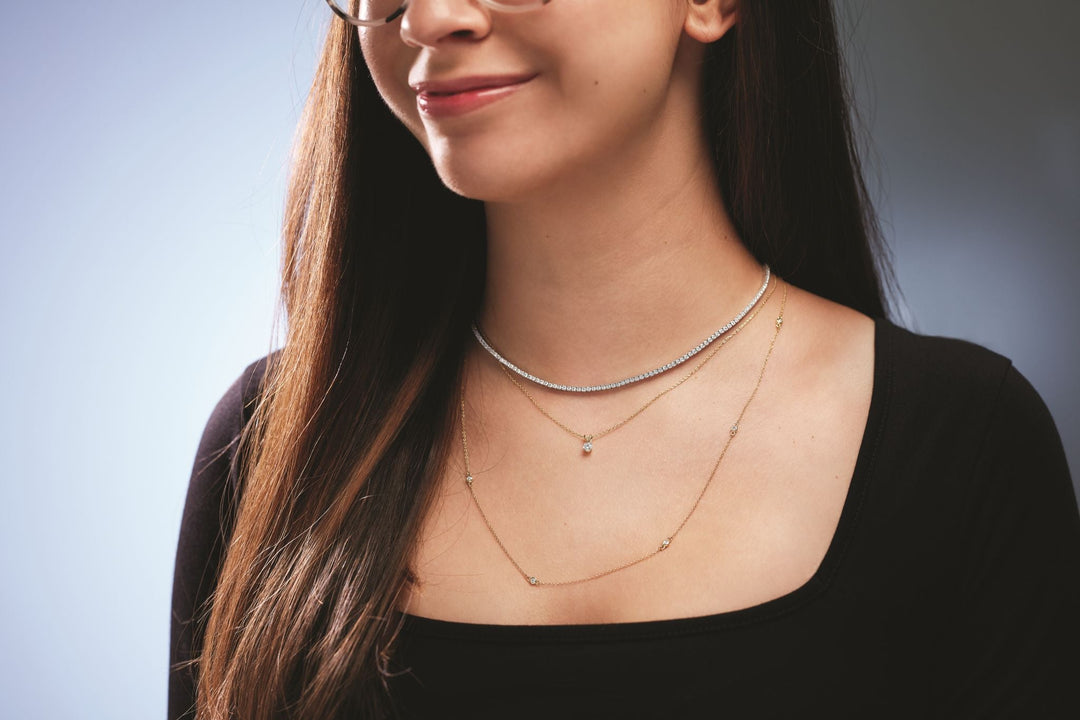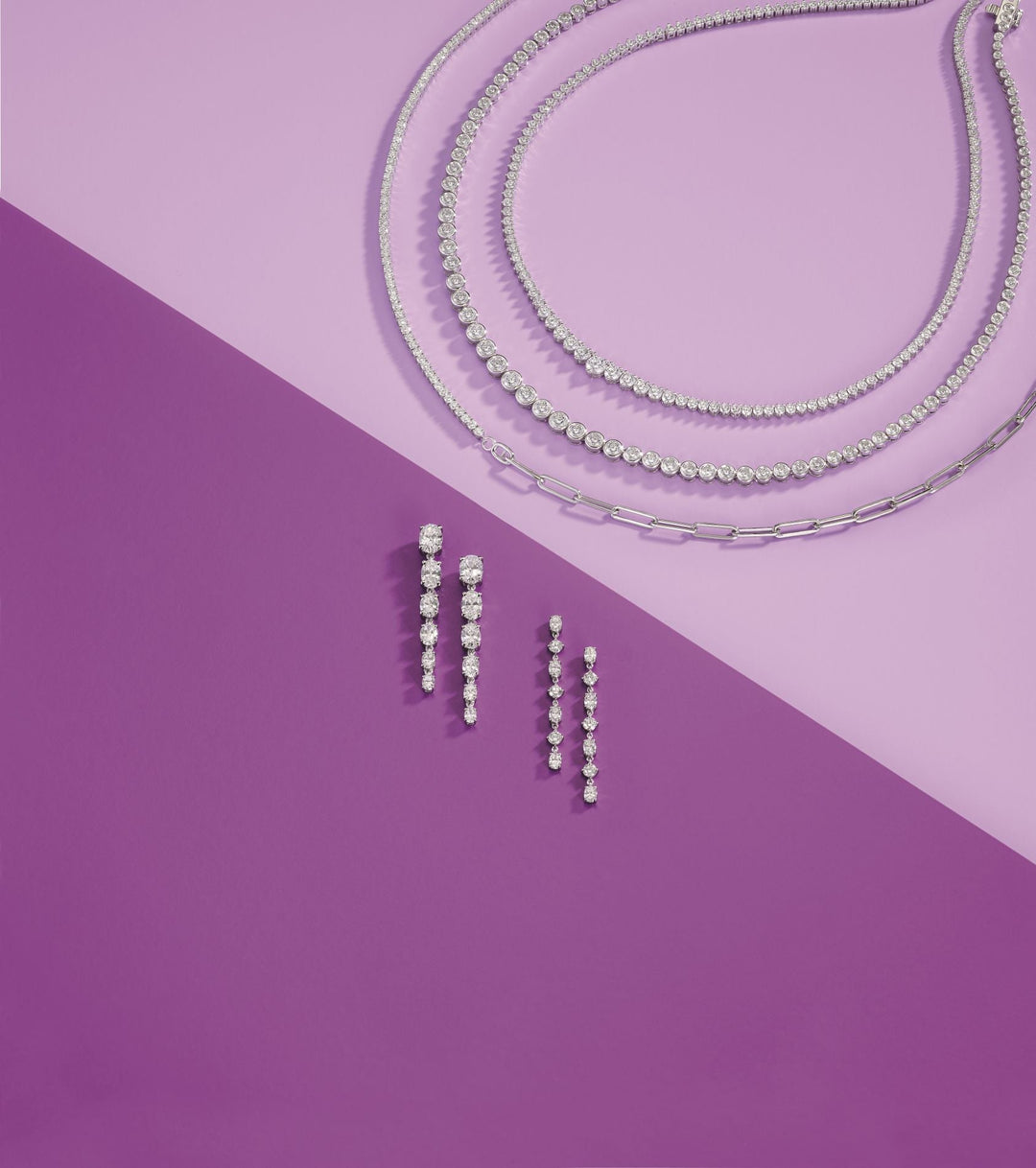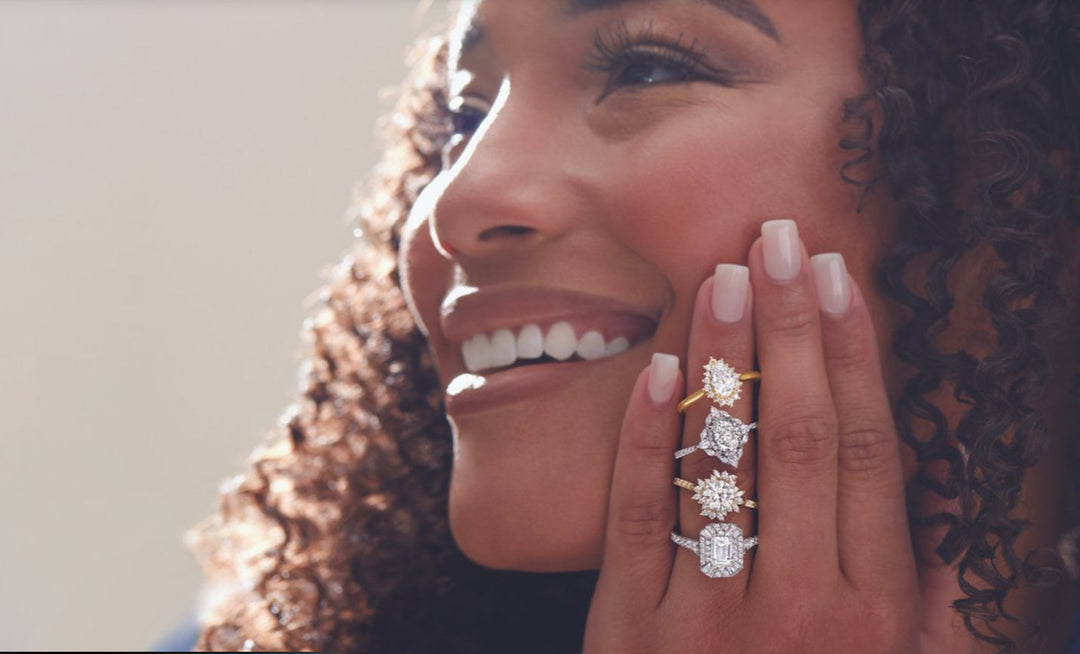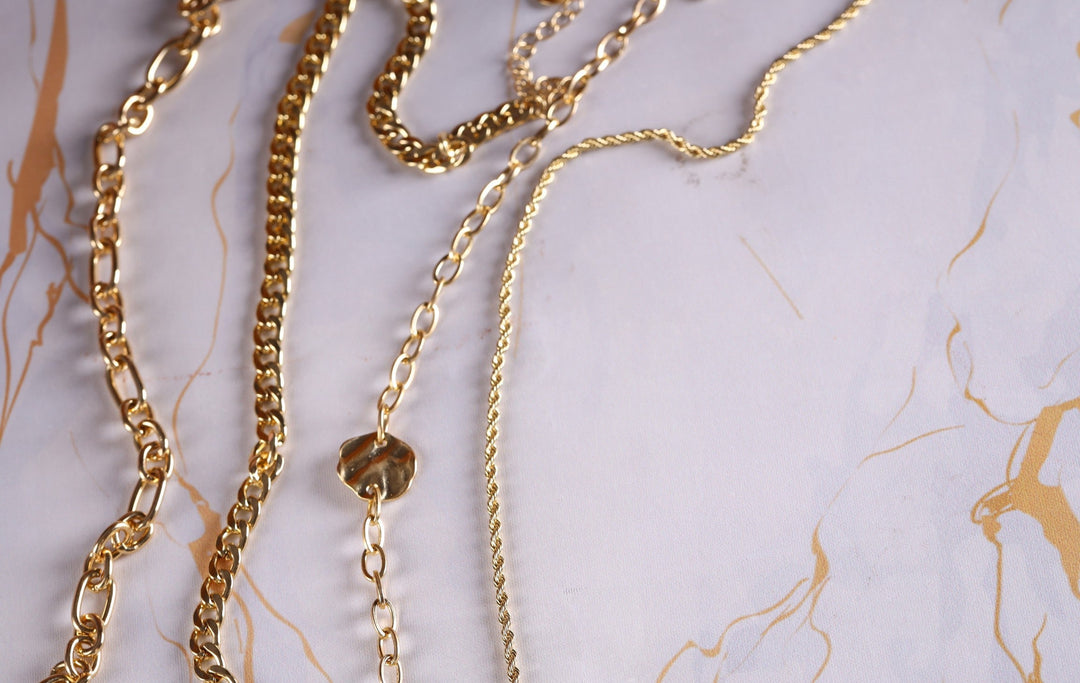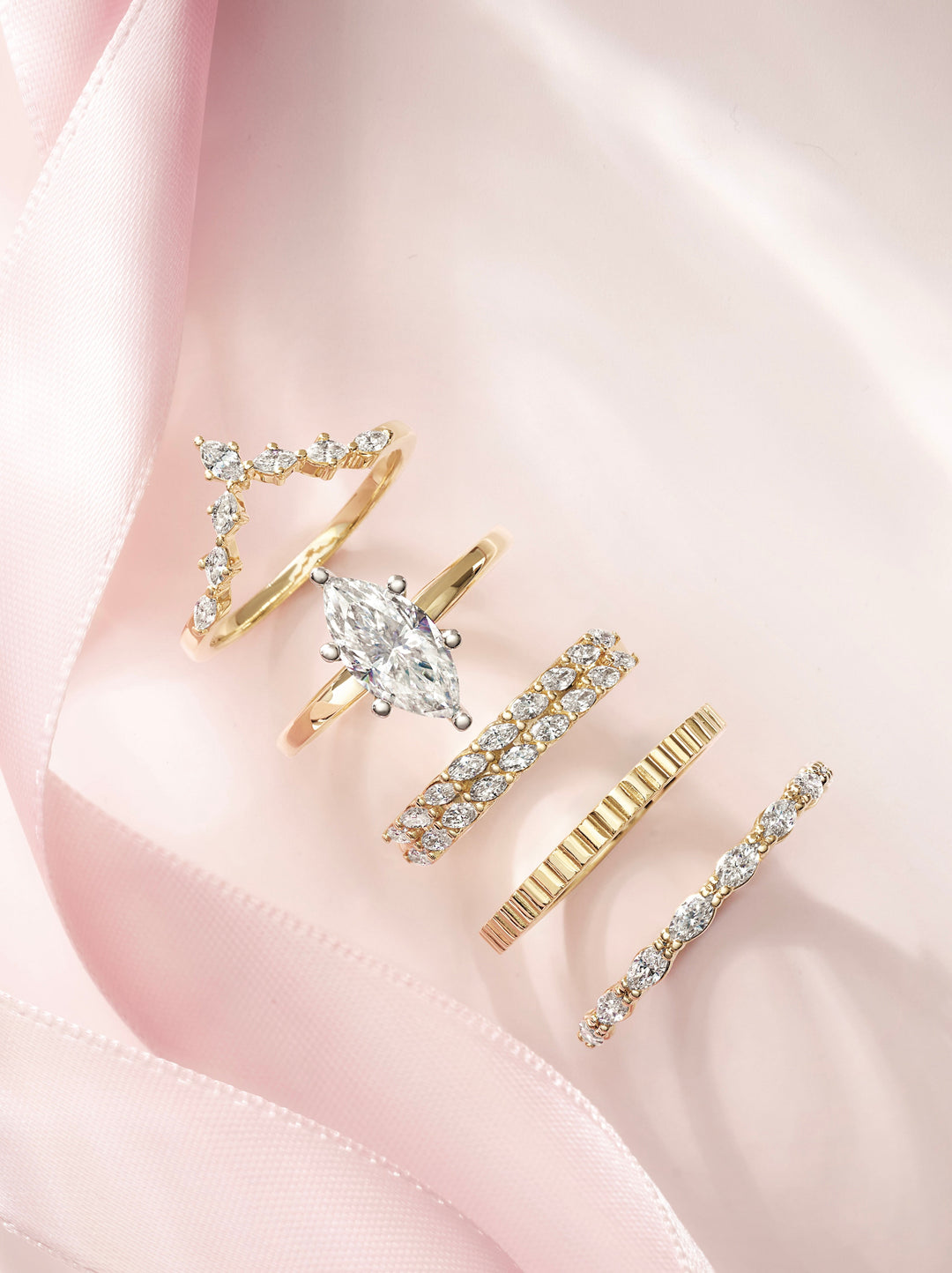Anatomy of a Ring: What Every Jewelry Lover Should Know

Whether you're shopping for an engagement ring, designing your dream piece, or just curious about the art of fine jewelry, understanding the anatomy of a ring is essential. What is the head of a ring? What is the shank of a ring? Each component plays a unique role in how the ring looks, fits, and functions.
1. The Shank
This is the part of the ring that wraps around your finger. It can be thin and delicate or thick and bold, and it plays a major role in both comfort and durability.
2. The Head
Also called the setting, the head is where your center stone is held. It can be designed to sit low for a sleek look or raised to highlight the diamond’s brilliance.
3. The Prongs
These are the tiny claws that grip the center stone. Classic prong settings use four or six prongs, but modern designs might feature double or even decorative prongs for added style and security.
4. The Gallery
This is the area just beneath the center stone, often an overlooked spot that allows for hidden details or added diamonds. It gives structure and a side profile that can be elegantly intricate.
5. The Bridge & Shoulders
The bridge connects the shank to the head, while the shoulders refer to the upper sides of the ring. Both can be plain or adorned with accent stones, adding personal style and structure.
💍 Why it matters:
Knowing the basic anatomy helps you customize with confidence and ask the right questions. Whether you want a more secure setting, a higher profile, or a comfort-fit shank, it all starts with understanding the parts that make up the whole.
If you're ready to design a ring or want to learn more, visit us in store—we'd love to walk you through it at Elite Fine Jewelers in Tempe, Arizona.




